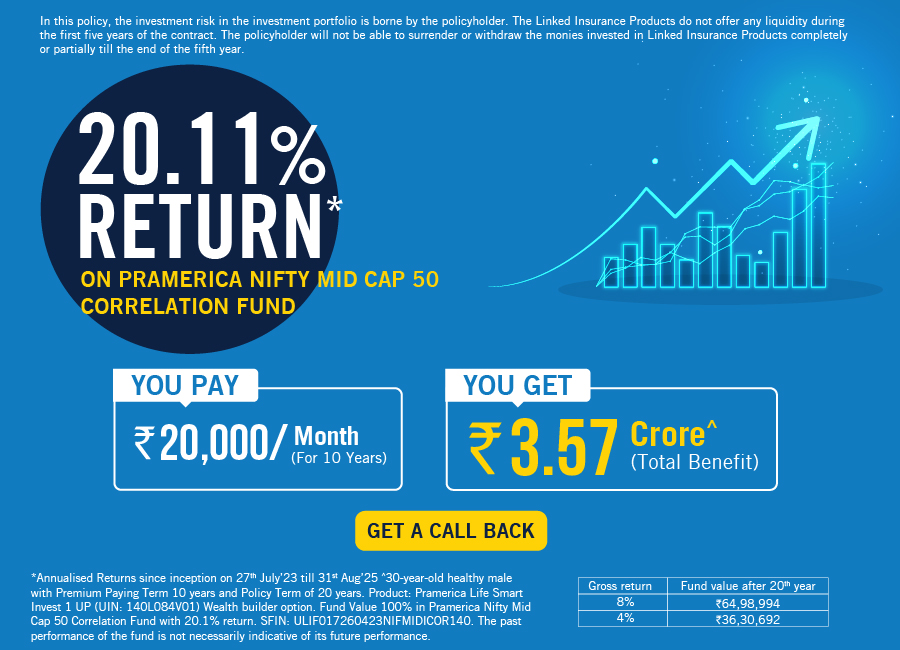November 2025 Market Commentary
November was another good month for Indian equities, with the Nifty 50 up 1.9% during the month and touching an all-time high of 26310. Technology, Financials, and Autos led the upmove whereas the key laggards were Metals, Power and Real estate. Optimism surrounding a higher than expected Q2 GDP number and better than expected quarterly earnings led to the positivity. India's Q2FY26 GDP growth stood at 8.2%, with manufacturing & services growing at 9.1% & 9.2% respectively. All listed companies PAT grew by ~10.8% YoY in Q2, the fastest pace in six quarters, while sales grew at ~7.2% YoY. Auto sales continued to be in the fast lane with, overall auto retail sales growing by a robust 40.5% YoY and personal vehicle wholesales growing by 18.6%. Private sector capex projects surged 47% YoY in Q2FY26, reaching Rs 1.9 tn, indicating some revival of the private sector capex cycle.
While the Nifty 50 made an all-time high, the currency made an all-time low with the rupee depreciating below 90 against the US dollar for the first time. Year to date Rupee has depreciated around 4.5% against the USD raising concerns among FIIs about dollar returns. This is being attributed to fading foreign portfolio investment (FPI) inflows and is also seen as an adjustment to enhance India's trade competitiveness in an increasingly protectionist global environment. FIIs bought net equities worth USD 0.04 billion in November 2025 (October 2025: USD 1.2 billion) and have cumulatively sold equity worth USD 2.7billion in 8MFY26 (8MFY25: Net sold USD 3.4 billion).
Statements from both India and US on the progress of the bilateral trade agreement raise hopes of a near term closure and subsequent reduction of trade tariffs. India has offered to remove tariffs on select U.S. agricultural and industrial products while seeking immediate removal of the additional 25% penalty tariff tied to Russian oil—arguing that its crude imports from Russia have already fallen sharply. The U.S. response, including USTR Jamieson Greer calling it the “best offer ever,” suggests talks are near closure.
The recent economic activity indicators suggest that growth continues to hold up well over the past two months led by consumption. The retail auto registration growth was buoyant post the GST rate cuts in September while digital spending continued to grow at a healthy pace. However, some moderation was observed in the economic indicators with PMIs decelerating while power demand contracting YoY partly due to extended monsoon. GST collections growth was flat YOY mainly due to rate rationalisation.
CPI inflation eased to 0.25% y-o-y in October vs 1.44% y-o-y in September on account of fall in food prices, GST rate cuts and favourable base-effect. Importantly, Octobers marked the first month to fully capture the CPI impact from GST rate reductions. Core inflation (ex-food and fuel) was at 4.30% y-o-y in October (vs 4.36% in September). With a comfortable inflation trajectory in place, the RBI has space to cut rates further by 25-bps in February. Even with another 25bps rate cut, the real policy rate would stand at 1.5-1.8% considering 3-4 quarters ahead inflation (i.e. Q1 and Q2 FY27). Long duration government bonds and medium term corporate bonds remain attractive.
We maintain our positive view on Indian equities on the back of an improving earnings momentum, reasonable valuations, a sustained whatever-it-takes approach of policymakers, robust macro markers aided by prospects of a thaw in geopolitical relations, and likely bottoming of FII selling. We continue to favour Technology, Discretionary consumption and Financials, where operating leverage and demand tailwinds are most visile. Market optimism is underpinned by alignment of valuation premium to historical averages, Calmer geopolitics and stable macroeconomic conditions. FII inflows not expected to surge, but could improve marginally if global AI trade moderates.








